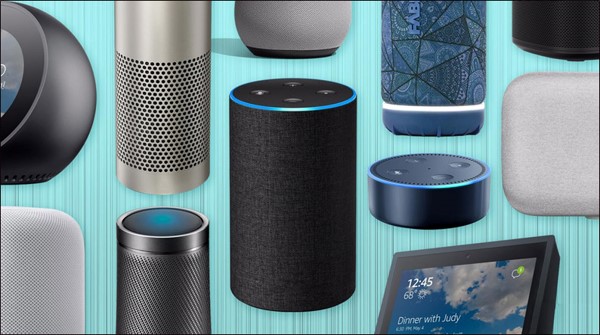Virtually At Your Service

Over the past few years, virtual assistants have become increasingly prevalent in our homes and offices. Amazon Alexa, Google Assistant, Microsoft Cortana and Apple Siri are a few of the predominant virtual assistant programs that are being run on an ever-growing number of platforms. For example, as of 2019, Alexa runs on over 20,000 compatible hardware devices, beginning with Amazon’s own Echo devices. Initially these voice-activated systems were little more than electronic novelties that allowed users to perform simple tasks, play games, or request information such as the weather without reaching for their phone or computer. Now however, they are becoming increasingly capable of far more complex tasks, such as scheduling a flight or booking tickets to a sporting event. But the day is quickly approaching when these virtual assistants will truly live up to their name. No longer a novelty, we will soon find them to be an essential part of our business and daily lives.
All of this is being driven by recent advances in artificial intelligence, of course. Beginning with voice recognition and activation, these systems rely heavily on a branch of AI known as natural language processing, or NLP. This allows them to turn your spoken words into text that can be parsed and processed for meaning. This is far more difficult than it seems to us since we have been dealing with spoken language all of our lives, making such tasks second nature to us. But obviously, we all have different voices and pronounce words differently, which makes this so much more challenging for software to understand. Fortunately, advances in recent years have improved this recognition considerably.
Then there is the matter of comprehending what our words actually mean. Language can quickly become extremely complex and challenging to grasp depending on its construction, which is why early virtual assistants required that we speak in very simple and direct commands. But as AI becomes more capable of inference and abstract reasoning (currently being worked on by numerous researchers and labs around the world), it should become possible to carry on a conversation with these devices, much as we would with another person.
But the real game changer in all of this will be the ability for these systems to assemble a complete picture of our personal preferences and propensities. Being able to factor all of this along with considering our emotional state and well-being will provide everyone with the kind of support once only possible from a human assistant or friend. Will it replace these? No, but it will definitely make for a very empowering new tool.
Of course, in the process of all of this, many different concerns will arise, not least of these being matters of personal and data security. All of this personalized capability will be driven by a picture of us built up from literally thousands upon thousands of pieces of personal data. This will not only need to be secured from the prying eyes of hackers, but somehow also siloed from the very companies that provide these services. While many users may find this a compelling reason to avoid these assistants, adopters from among the Millennials and other younger demographics are likely to take a very different view about what they’re trading in exchange for the many conveniences and competitive advantages this will provide.
Businesses will especially benefit from these innovations, reducing costs and increasing customer engagement. According to recent market research, the virtual assistant market is set to grow at a compound annual growth rate of more than 26% to $12 billion over the next five years. Already involved in customer relationship management, virtual assistants will soon be performing more value-added functions like marketing, sales agents and much more.
As a result of all of this, in the not-too-distant future, we will be able to rely on these devices much as we would a human assistant. We’ll bring them to business meetings where they’ll take notes for us, instantly creating links to relevant articles, research and related discussions from prior meetings. They’ll schedule trips for us based on a simple request such as “Google, I need to be in New Orleans for three days starting the 24th.” Already familiar with what airlines, flight times, seats, hotels, restaurants and budgets we prefer, our assistant won’t need any additional details to make all of the needed arrangements.
In time, these programs will be able to recall what we wore to a particular event and who saw us there. They’ll engage in negotiations for us. Perhaps they’ll even offer counsel when we find ourselves faced with a difficult decision. It will be as if everyone had their own highly efficient, personal assistant, which in effect will be exactly what they’ll have. The future uses and applications of this technology will be virtually endless as we come to be increasingly reliant on our AI-powered virtual assistants.
